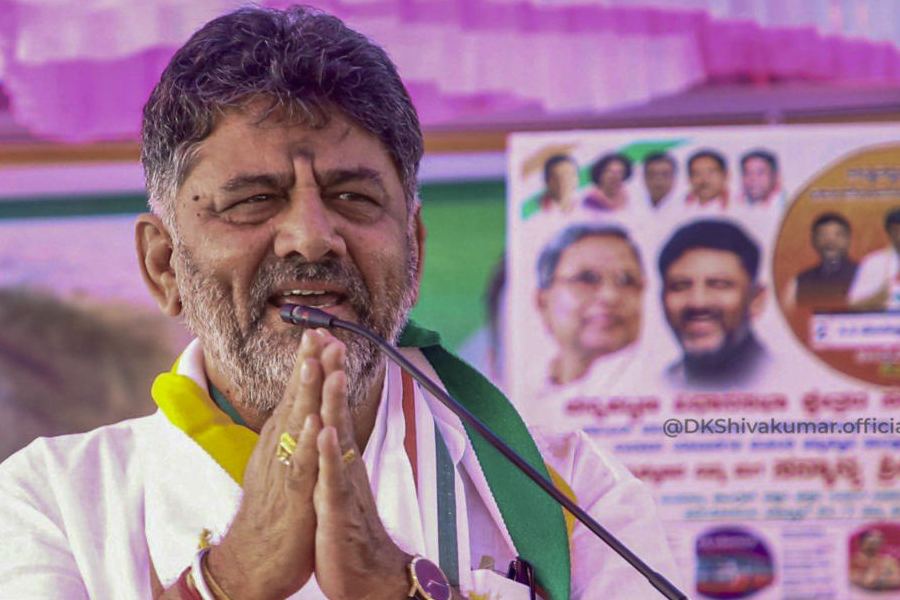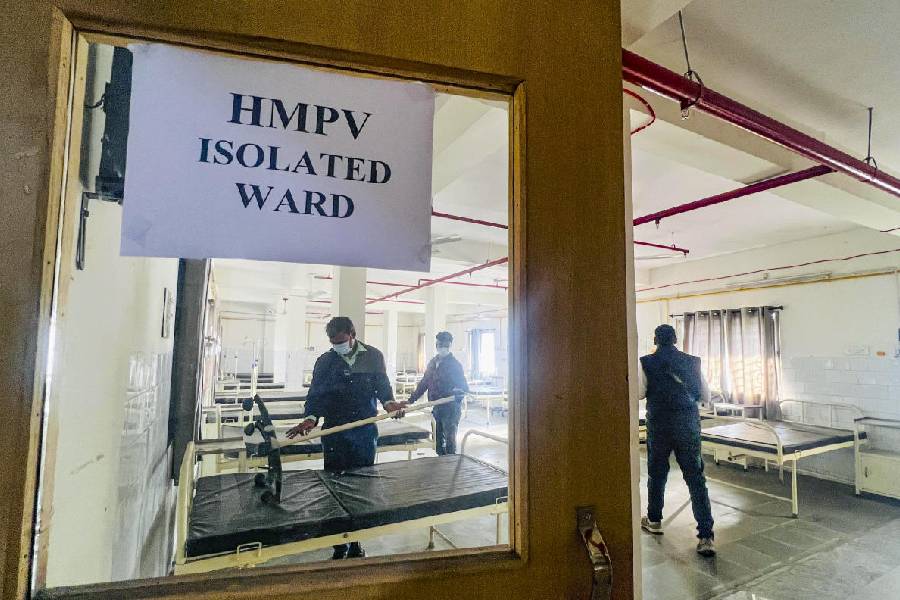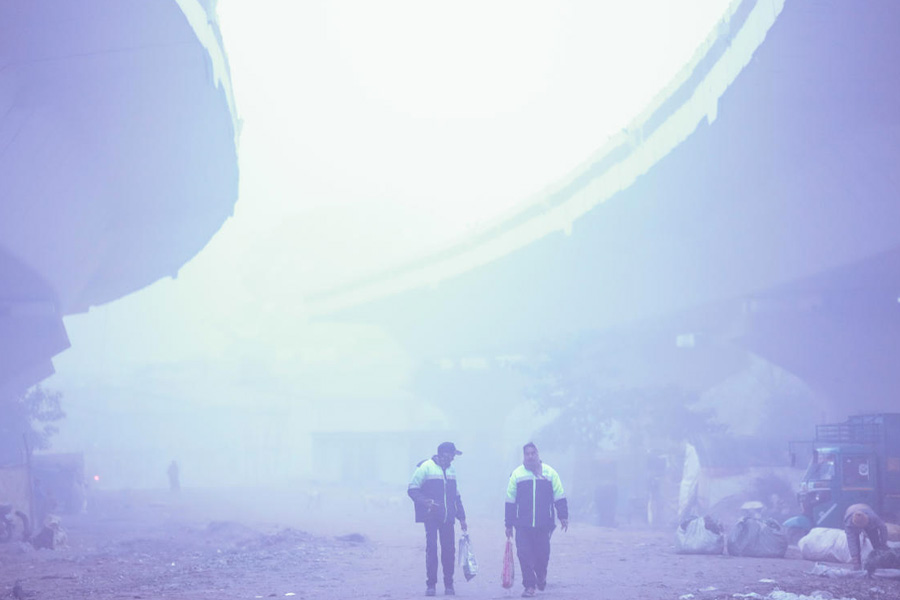Former chief election commissioner S.Y. Quraishi on Monday questioned the silence of the Election Commission’s technical experts committee on the complaints and suspicions aired repeatedly about electronic voting machines’ vulnerability to tampering.
Speaking at Sabrang news portal’s webinar on “the EVM conundrum”, Quraishi tried to uphold the poll panel’s guarantee that the voting machines cannot be tampered with.
However, he was critical of the experts committee that is supposed to advise the commission on technical aspects of the voting machines and the voter-verified paper audit trail (VVPAT) devices.
“The five IIT professors in the committee of independent experts, who we have been talking about, behind whom we take shelter that we are technologically illiterate... they should be more proactive, they should be more visible, they should come out and say these machines are fine,” Quraishi said.
In 2019, the technical experts committee had three members from three IITs and was headed by professor emeritus D.T. Shahani. The commission has not announced any changes to the committee since then.
“Why are they keeping quiet?... Are they scared of anything? The EC values them so highly that any comment from them would give us sleepless nights,” Quraishi said.
“Let those five experts come out in the national interest. Just keeping quiet will not help. In fact, people have started doubting the expertise of these experts and also the bona fides of the experts.”
The previous speaker, activist and IAS officer Kannan Gopinathan, had reiterated his 2019 claim that the paper trail machines were vulnerable to being used as Trojan horses to rig the voting machines.
When he had first made the complaint, the commission had said a “rigorous scrutiny” was being done although no evidence of “transfer of vote from one candidate to another has been found” in the Lok Sabha polls earlier that year.
After the Lok Sabha polls, five voting machines and paper trail devices were randomly tallied in every Assembly segment (or parliamentary constituency in Union territories that lack legislative assemblies).
The counts on eight paper trail devices did not match those on the corresponding voting machines, an occurrence the commission blamed on “human error”. It said election officials had failed to clear these voting machines after mock polls held ahead of the actual voting.
The biggest mismatch was of 34 votes, and none of the mismatches altered the outcome of an election. However, such mismatch figures relate only to the voting machines and paper trail devices sampled during the test –the commission does not carry out any further checks in the Assembly segment after a discrepancy is found.
None of the technical expert committee members, nor the commission, responded to emails seeking their comments on Quraishi’s remarks.
In January 2019, a man who introduced himself as Syed Shuja at a news conference in London had claimed the 2014 general election was rigged with tampered voting machines but did not furnish any proof.
He said he was a former contractual employee of the Electronics Corporations of India Limited, one of the two public sector undertakings that make voting machines.
He alleged that former minister Gopinath Munde, National Investigation Agency officer Tanzil Ahmed, journalist Gauri Lankesh and several of Shuja’s own colleagues had been killed to prevent the 2014 rigging from being exposed. The technical experts committee had at the time issued a detailed rebuttal.
Quraishi said: “Anybody who points out the possibility of a flaw in our system is a friend and not an enemy…. Perhaps this is a mistake we have been making of late.”
He suggested that the top two candidates in any election be given a fixed number of opportunities to get the voting machines and the paper trail devices tallied irrespective of the random sampling that takes place. His other suggestion was more radical.
“Let us count 100 per cent of VVPAT (slips) instead of counting the EVM…. VVPAT count takes 20 to 25 minutes; EVM count also takes 20 to 25 minutes. This is almost a return to the ballot paper without returning to the ballot paper,” Quraishi said.
He said this measured ruled out the stuffing of ballot papers. He also suggested the introduction of an additional measure – allowing the voter to record or destroy a vote after reading the paper slip.
IIT Delhi computer engineering professor Subhashis Banerjee said any audit of the paper trail devices should be linked to the margin of victory in an election. The lower the margin, the more such devices need to be tallied, he said, arguing that the current matching of only five devices per Assembly constituency was unlikely to detect tampering, if any.
“It is well known that testing can never be a substitute for verifiability. A machine cannot be tested for all situations, and it cannot be determined by testing that a machine has not been hacked,” he said.
Samajwadi Party politician Ghanshyam Tiwari said: “The most complicated systems are the easiest to hack.”
He suggested the use of CCTVs that would record the vote but not the voter, and the introduction of systems that even illiterate voters can verify.











